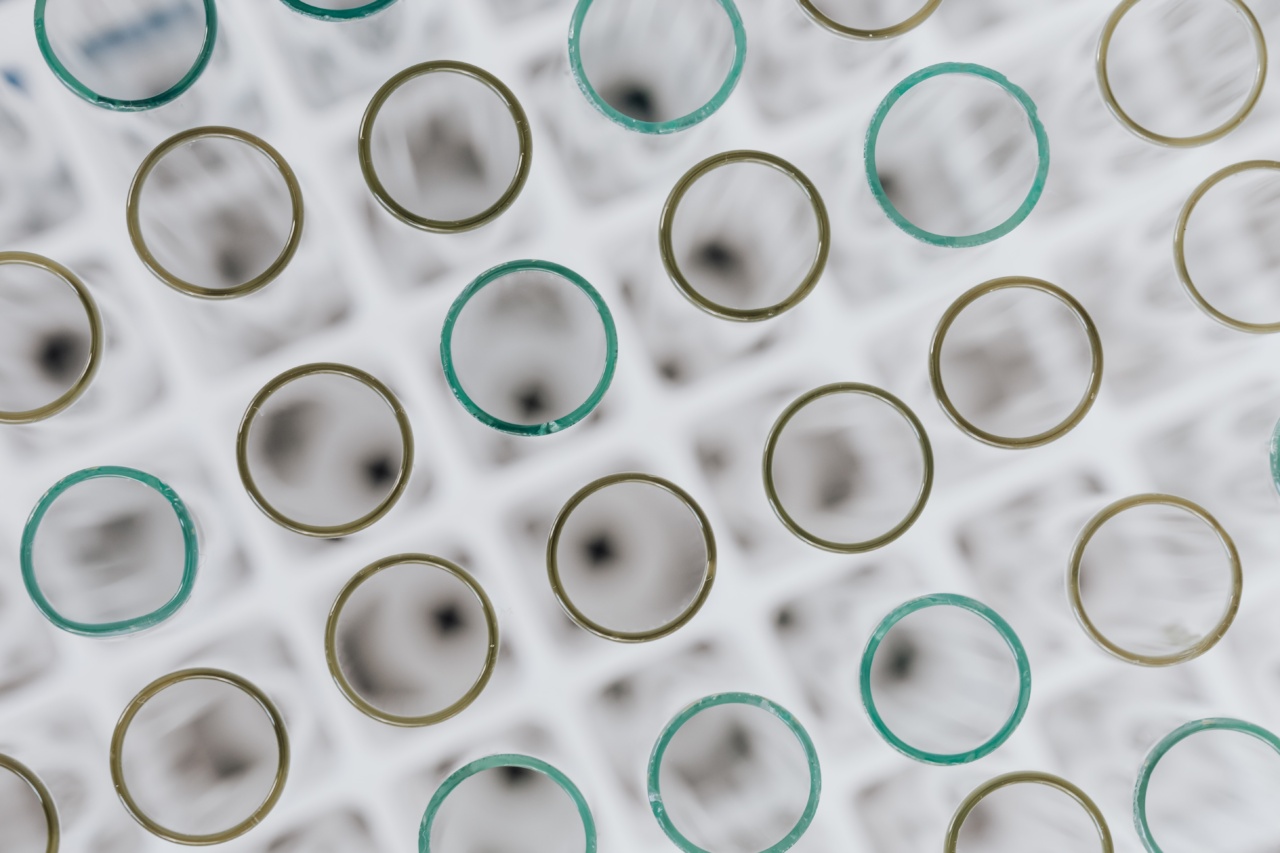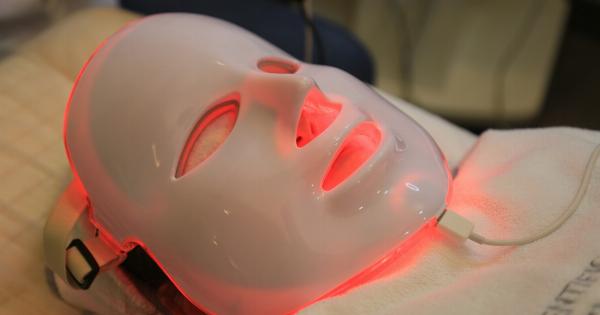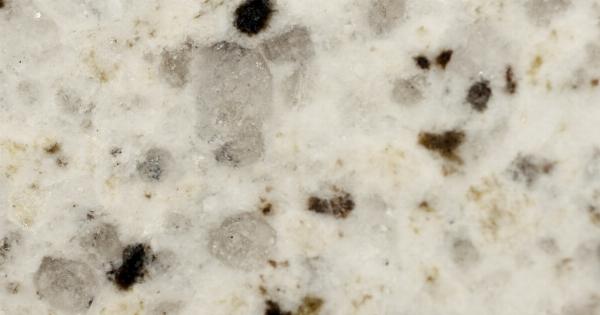Chemical peels are a popular cosmetic treatment that helps improve the appearance of the skin by enhancing its texture and tone.
This procedure involves the application of a chemical solution to the skin, which causes the outer layers to peel off, revealing a smoother, more radiant complexion underneath. Chemical peels can effectively treat a variety of skin concerns, such as fine lines and wrinkles, acne scars, sun damage, and hyperpigmentation. However, not all chemical peels are created equal.
There are different types of chemical peels available, each with its own set of ingredients and targeted effects. In this article, we will explore the various types of chemical peels and their benefits.
1. Superficial or Light Chemical Peels
Superficial or light chemical peels are the mildest form of chemical peels, primarily used to enhance the skin’s texture and tone. These peels typically utilize alpha-hydroxy acids (AHAs) or beta-hydroxy acids (BHAs) as their active ingredients.
AHAs, such as glycolic acid and lactic acid, are derived from fruits and milk, while salicylic acid is the most common BHA found in light peels. These peels only target the outermost layer of the skin and provide superficial exfoliation. They are ideal for individuals with mild skin concerns or those looking to refresh their complexion.
2. Medium Depth Chemical Peels
Medium depth chemical peels penetrate deeper into the skin, targeting both the outer and middle layers. They are typically formulated with trichloroacetic acid (TCA) or a combination of TCA and AHAs.
Medium depth peels effectively address more pronounced signs of skin damage, such as moderate wrinkles, acne scars, and uneven pigmentation. These peels require more downtime compared to superficial peels, as the skin may experience more redness, peeling, and temporary darkening before revealing a smoother complexion.
3. Deep Chemical Peels
Deep chemical peels are the most intense form of chemical peels and should only be performed by trained medical professionals.
These peels utilize phenol as the active ingredient and can penetrate the deepest layers of the skin, producing significant results. Phenol peels are highly effective in reducing deep wrinkles, severe acne scars, and sun damage. Due to their strength, deep peels require a longer recovery period, and the skin may experience swelling, redness, and considerable peeling.
However, the final outcome is often worth the temporary side effects.
4. Jessner’s Peel
Jessner’s peel is a medium depth chemical peel that combines resorcinol, salicylic acid, and lactic acid. This combination helps exfoliate the skin, reduce oil production, and promote collagen synthesis.
Jessner’s peel is particularly effective in treating acne, acne scars, and pigmentation irregularities. The peel is usually administered in a series of treatments to achieve optimal results.
5. Glycolic Acid Peel
Glycolic acid peels are superficial peels that use glycolic acid as the active ingredient.
This alpha-hydroxy acid effectively exfoliates the skin, stimulates collagen production, and helps reduce the appearance of fine lines, wrinkles, and hyperpigmentation. Glycolic acid peels are also beneficial for individuals with acne-prone skin, as they can unclog pores and prevent future breakouts.
6. Salicylic Acid Peel
Salicylic acid peels are commonly used to treat acne and oily skin. This beta-hydroxy acid exfoliates the skin, penetrates the pores, and helps regulate oil production.
Salicylic acid peels effectively unclog pores, reduce inflammation, and prevent future breakouts. These peels are often recommended for individuals with acne-prone or congested skin.
7. Lactic Acid Peel
Lactic acid peels are gentle and suitable for individuals with sensitive skin. The peel promotes exfoliation, hydration, and collagen synthesis, resulting in improved skin texture and clarity.
Lactic acid peels are excellent for individuals with dry or dehydrated skin, dull complexion, and fine lines.
8. TCA Peel
TCA peels are commonly used for medium depth peeling. The trichloroacetic acid penetrates the skin’s surface, targeting damaged cells and stimulating collagen production.
These peels effectively reduce fine lines, wrinkles, acne scars, and pigmentation issues. TCA peels require more downtime than superficial peels, and multiple treatments may be necessary for optimal results.
9. Combination Peels
Combination peels are customized peels that combine different types of acids to address multiple skin concerns simultaneously.
By utilizing a blend of acids, such as glycolic acid, lactic acid, and salicylic acid, combination peels can effectively target issues like uneven skin texture, acne, hyperpigmentation, and aging signs. These peels can be adjusted to meet individual skin needs and deliver outstanding results.
10. Enzyme Peel
An enzyme peel is a gentle and natural alternative to traditional chemical peels. Instead of acids, these peels use specific enzymes, such as papain from papayas or bromelain from pineapples, to exfoliate the skin.
Enzyme peels effectively remove dead skin cells, unclog pores, and improve skin texture without causing significant irritation. These peels are suitable for individuals with sensitive skin or those looking for a more subtle exfoliation.




























